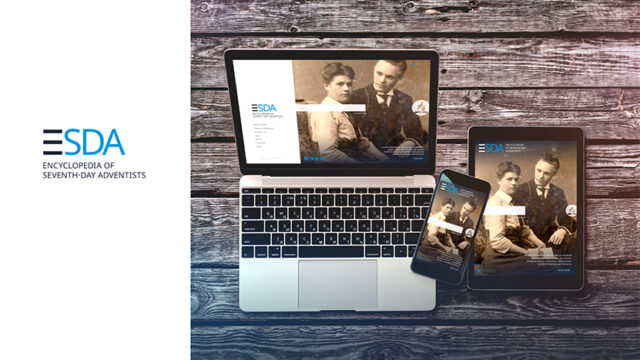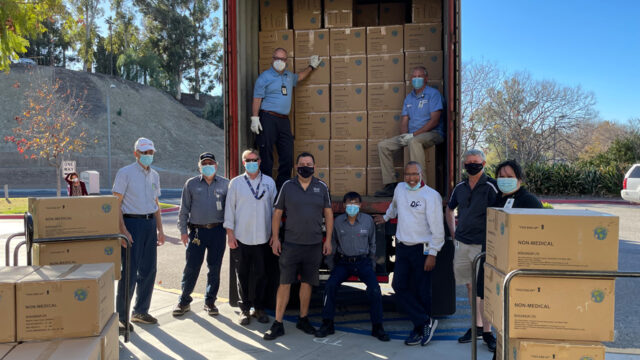Knowing and understanding the future has been an ever-present goal for fallen humans.

To whom do you trust your future?
The ceremony is as nonsensical as enticing.
Every February 2, in the small town of Punxsutawney, Pennsylvania, United States, thousands of people, including national and international media outlets, gather for Groundhog Day. It’s a civil festival of music and food that starts before sunrise. It’s also one of the most famous annual weather predictions around the world. On that day a groundhog named Punxsutawney Phil “predicts” the end of winter and the arrival of spring.
It supposedly works this way. During the ceremony Phil emerges temporarily from his burrow. The tradition states that if Phil “sees” his shadow and returns to his hole, there are still six weeks of winter ahead. If, on the contrary, the furry animal does not “see” his shadow, he has predicted an early spring. The ceremony is broadcast live and followed by millions.
Behind the Scenes
Behind the folklore and longheld traditions, however, things are more mundane. The solemn group of groundhog handlers, the “Inner Circle” who “interpret” the groundhog message, usually decide on the forecast ahead of time. In fact, the Stormfax Almanac has recorded 12 incidents in a 20-year span in which the Inner Circle said the groundhog “saw” his shadow on a cloudy, rainy, or snowy day. In one case Phil didn’t “see” his shadow despite sunshine.*
Most studies have shown no connection between Phil’s prediction and the actual weather. Statistics show that the groundhog has been right only 28 to 47 percent of the time—a very poor record for a prediction with a 50-50 chance of success.
Suspension of Belief?
Experts agree that the ceremony is based on a suspension of belief, or the avoidance of critical thinking or logic, to believe for the sake of enjoyment. Besides folkloric traditions and lighthearted amusement, however, this ceremony and its countless iterations across time zones and continents hide a desire as old as humanity itself—the possibility of controlling , to some extent, some of the uncertainties of our tomorrows.
Knowing and understanding the future has been an ever-present goal for fallen humans. It prompted Nebuchadnezzar to leave no stone unturned to gain that knowledge (see Dan. 2). In his case the whole experience took him closer to the true God. At the same time, anxiety about an uncertain outcome drove King Saul to Endor to inquire from a medium and ultimately precipitate his demise (see 1 Sam. 28).
Going to the Source
Those who believe in God’s Word, however, have long accepted that there is only One who holds the future and, in His infinite wisdom, chooses what, how, and when to reveal it. In the Garden of Eden He calmed the abject countenance of fallen Adam and Eve to proclaim the eventual triumph of the woman’s Seed.
Through the years and centuries God kept providing an accurate vision of future events to His faithful followers. But He also revealed it to disloyal prophets and kings (see, for instance, Num. 24 and 1 Kings 22). God’s Word encapsulates all that we need to know about our personal future, the future of God’s followers, and even the future of our enemy.
At the end of the day, what counts is only our decision to allow God to take care of our uncertainties. No adorable furry friend can come even close to such a blessing.
*http://www.stormfax.com/ghogday.htm








